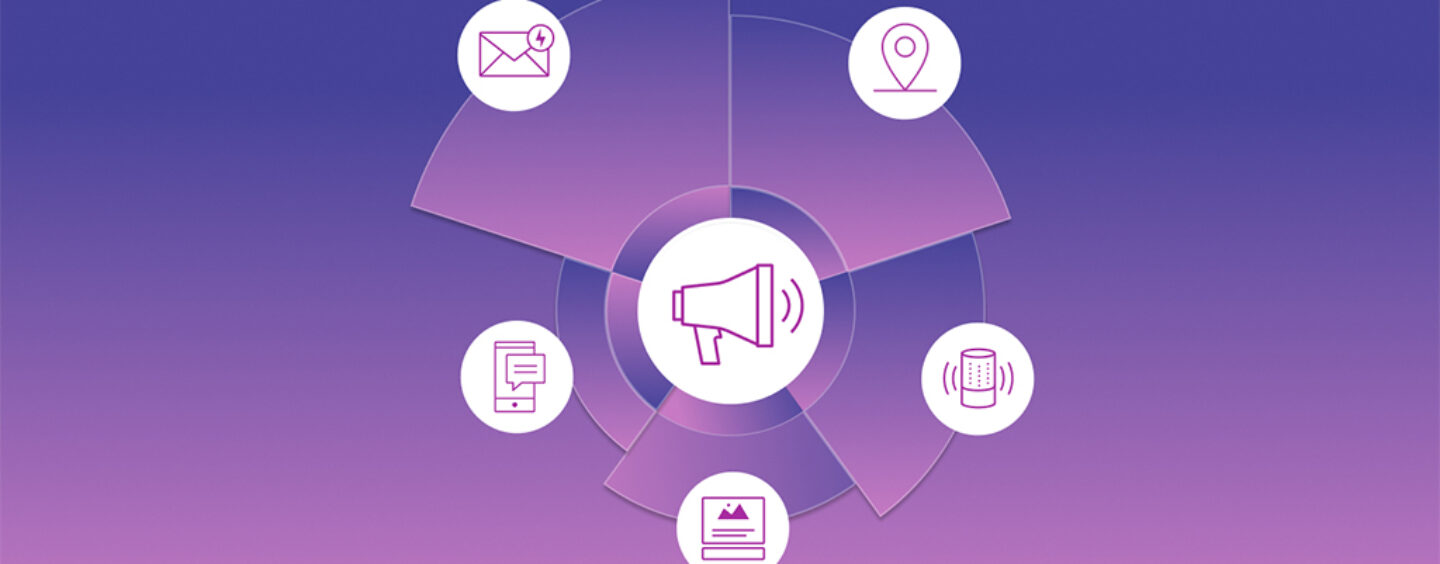
How to Get Customer Messaging Right in Financial Services
by Fintech News Singapore December 16, 2020If fintech brands aren’t mindful of today’s looming threats, they may find themselves losing out not just to banks, but to non-financial brands. Think Apple’s wildly successful credit card debut, with over $10 billion dollars of extended credit within two months of launch, or how Starbucks holds over $1 billion in customer mobile payments in their app. What does it take to build a powerful, growth-oriented customer messaging strategy? Here are four winning tips to get your messaging right.
1. Know Your Customer—for Real, in Real Time
Financial brands can benefit from the rich data they capture from customer transactions. But can they act on that data in ways that are timely, relevant, and personalised to each individual?
For example, a bank could trigger a promotional in-app message targeted at users with a specific card who have spent X amount of time browsing new cards; the message could then be personalised based on what card the user spent the most time viewing. Brands should take into account what messages resonate and don’t with each recipient. If I choose to ignore a credit card upsell email, a bank should be able to take this information and determine the next best interaction. Hint: It’s not sending the same email one week later.
Banks need the right data infrastructure and a thoughtful data collection strategy in place in order to listen to customers’ preferences, understand and anticipate their needs, and act accordingly.
Investing in truly knowing your customer in a holistic, up-to-date way can support an intuitive messaging strategy and result in significant uplift in each customer’s likelihood to convert.
2. Personalised, Cross-Channel Messaging Experiences Are Essential
When COVID-19 pandemic struck, one of the most-impacted industries was travel, as new restrictions and requirements threw millions of customers’ plans for a loop. Braze partnered with online travel agency to send personalised, cross-channel communications across email, in-app messaging and push notifications to keep customers up to date, reducing TAT for travel updates by 3 times.
One of New York’s largest provider of check cashing and financial services is using Braze to deliver personalised messages at key moments across the customer journey, with content cards, push notifications, in-app messages and connected content leading to 32% uplift in direct deposit adoption via mobile app.
For financial services brands, it may turn out that a head of household looking into an auto-loan responds best to an email emphasising safety, while a younger buyer is more likely to engage with a push notification that highlights cars that feature better sound systems. But if you send a generic, one-size-fits-all campaign in a single channel, you’re going to alienate at least one of these consumers.
Rather than offering the “next best product” to consumers, financial services brands should incorporate messages that are linked to life events, customers’ current location, and other contextual data points. When done correctly, this type of messaging strategy is the best way to earn customer trust and loyalty.
3. Prioritise Message Testing to Change Perceptions and Drive Value
The best onboarding strategies look beyond “time to open an account” and put a greater importance on value-driven messaging. The key to driving value? Incorporate messages that make users feel a sense of achievement and ownership.
For example, many fintech brands allow users to add a card to Apple Pay as soon as an account has been approved, a sort of instant access that no traditional banks currently make possible. With appealing messaging determined by A/B or multivariate testing e.g. use your card today while you wait for it to hit your mailbox, this can generate feelings of accomplishment that are as instant as the access to the account, even though it may still take a couple more days for that customer to have the physical card on hand.
The differentiator is all down to the way messages are conveyed and timed in order to change customer perception. If your customer engagement platform is built to support robust message testing, getting where you need to go is more about strategy and care than complex systems or approaches to customer engagement.
4. Solicit and Monitor Feedback Across the Entire Customer Journey
Banks and other financial brands need to look beyond customer satisfaction scores in order to achieve the greatest ROI on customer experience investments.
Many financial institutions throw significant time and resources into reducing process time, a common pain point in the industry. But before taking this on, consider asking for customer feedback immediately after key actions are performed.
That can mean sending email surveys, asking them to share preferences and feedback via in-app messages, and beyond. The impact of timely feedback on financial brands can be remarkable. Banks and other financial brands can better understand what’s actually disrupting their user experience and can allocate investment dollars more effectively.
With proper fund allocation and better results, marketing organisations will be in a better position to receive more funding for future initiatives.
Read the Braze cross-channel report to know how you can boost engagement by up to 844%.






